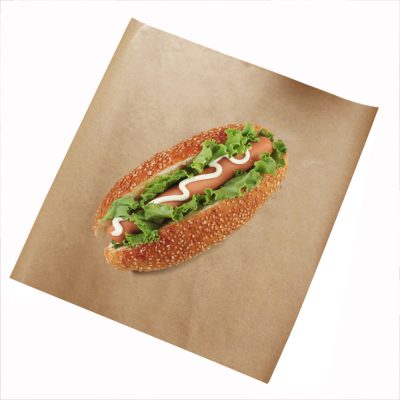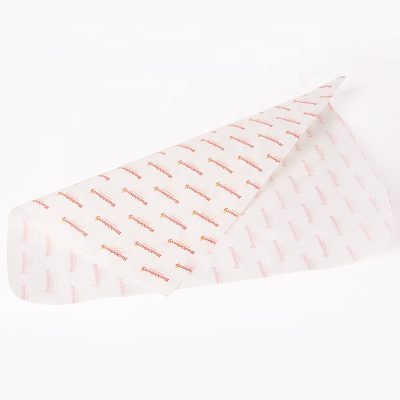Chances are you’ve seen or used white and unbleached baking paper, but have you ever thought about the difference? Is it just a different color, or is there a fundamental difference? Which one is more environmentally friendly? Today, I will talk to you about it, which color baking paper is more environmentally friendly, white VS primary color?
Both baking papers are made from virgin wood pulp fibers without ink or chemical residues. The wood contains a material called lignin that keeps the branches strong and upright. Lignin is a natural brown color, and in order to produce and sell white paper, it must be bleached to remove lignin from wood fibers. The bleaching process in today’s society is very advanced and safe, and does not use harmful chemicals. The greaseproof paper is guaranteed by modern chlorine-free ECF technology to meet the highest safety and hygiene requirements.
The difference between white and primary color baking paper is that
The primary color baking paper contains more woody compounds. This may affect the taste and smell of food, although harmless, it may not be acceptable for the end application. For example, long wrapping of chocolate or tea is not recommended.
White baking paper is more preferred for professional functions
Professional kitchen and industrial food processing machinery has high standards for safety and hygiene, so it is crucial to avoid possible contamination and non-compliance. White baking paper is more popular for professional use because it can show impurities faster and more clearly, and the obvious comparison of food and paper can also quickly check whether there is deviation from the standard.
The ambient impact of white and primary color baking paper is evenly divided
Although the original color baking paper looks more environmentally friendly, in fact, both color papers are equally environmentally friendly. White baking paper actually has less environmental impact in the manufacturing process.









